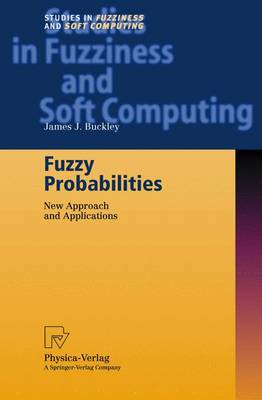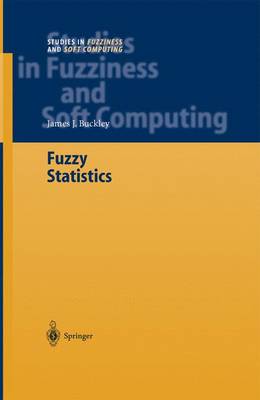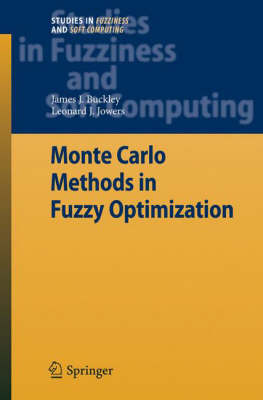Studies in Fuzziness and Soft Computing
8 primary works
Book 25
Book 88
An Introduction to Fuzzy Logic and Fuzzy Sets
by James J. Buckley and Esfandiar Eslami
Book 91
Fuzzy Mathematics in Economics and Engineering
by James J. Buckley, Esfandiar Eslami, and Thomas Feuring
Book 115
Book 149
Book 171
Simulating Fuzzy Systems demonstrates how many systems naturally become fuzzy systems and shows how regular (crisp) simulation can be used to estimate the alpha-cuts of the fuzzy numbers used to analyze the behavior of the fuzzy system. This monograph presents a concise introduction to fuzzy sets, fuzzy logic, fuzzy estimation, fuzzy probabilities, fuzzy systems theory, and fuzzy computation. It also presents a wide selection of simulation applications ranging from emergency rooms to machine shops to project scheduling, showing the varieties of fuzzy systems.
Book 196
Book 222







